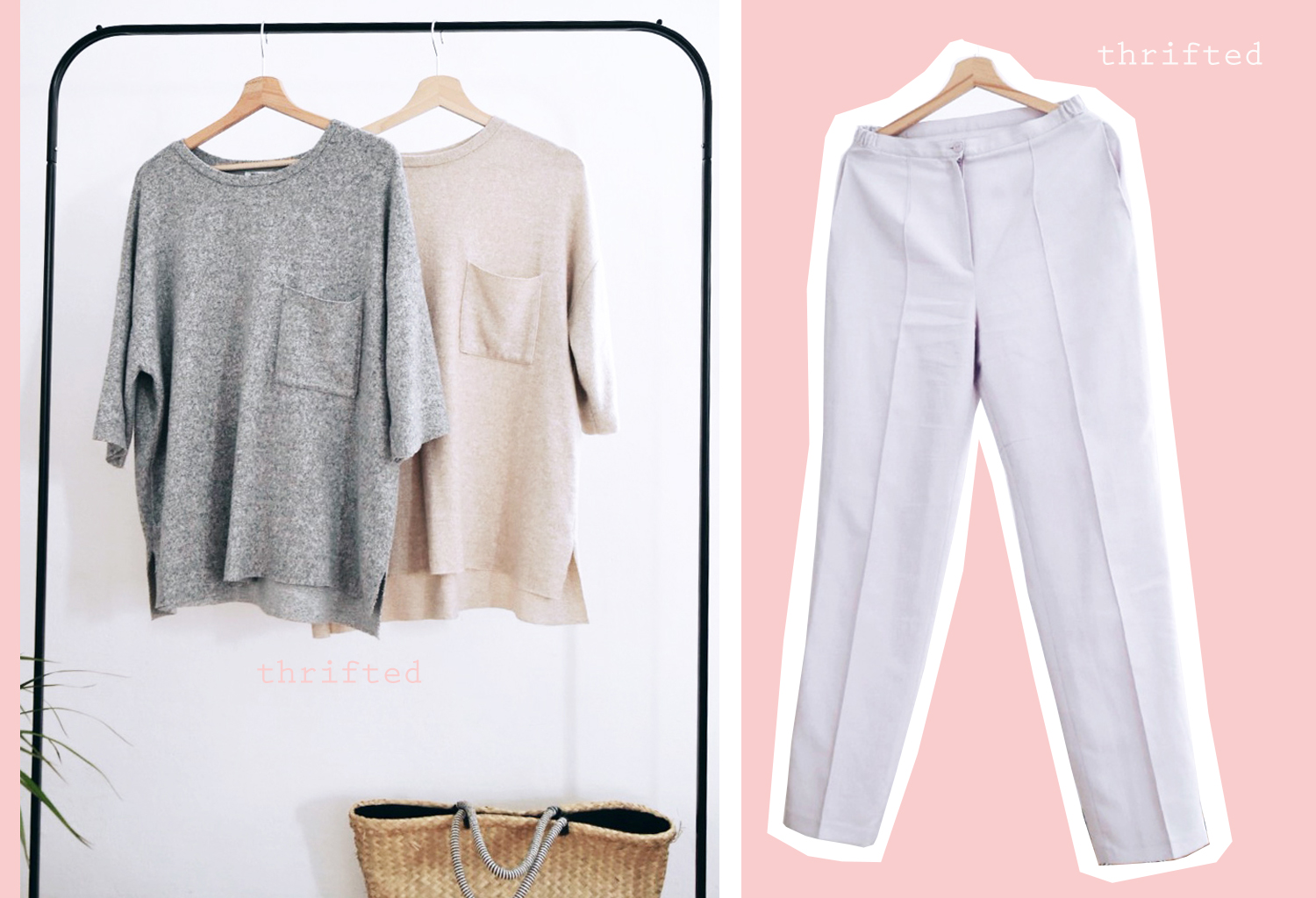
 Fashion revolution
Fashion revolution  Love stories
Love stories
Why do we need a fashion revolution?
On 24 April 2013, the Rana Plaza building in Bangladesh collapsed. 1,138 people died and another 2,500 were injured, making it the fourth largest industrial disaster in history. That’s when the Fashion Revolution was born.
There were five garment factories in Rana Plaza all manufacturing clothing for big global brands. The victims were mostly young women. Since then, people from all over the world have come together to use the power of fashion to change the world.
Fashion Revolution is now a global movement of people like you.
Have you ever wondered who made your clothes? How much they’re paid, and what their lives are like?
Our clothes have gone on a long journey before they hit store shelves, passing through the hands of cotton farmers, spinners, weavers, dyers, sewers and others. Approximately 75 million people work to make our clothes. 80% of them are women between the ages of 18 and 35.
However, the majority of the people who makes clothes for the global market live in poverty, unable to afford life’s basic necessities. Many are subject to exploitation; verbal and physical abuse, working in unsafe and dirty conditions, with very little pay.
Fashion revolution page and Free downloads.
Books to read.
Fashion Revolution Week
I was never really into fashion, at least not as much as my mom and some of my friends. But I love to play around with clothes, find my unique style and search for cool pieces. I love how clothes can make us feel, and how they can represent how we feel about ourselves. They’re our message to the world about who we are. Our clothes say a lot about us, but we don’t know all that much about our clothes.
It takes a lot to make a garment. Not just the bits we hear about – the designers, the brands, the shops, the catwalk shows and the parties – but also the cotton farmers, the ginners, spinners, weavers, dyers, sewers and other factory workers who make the clothes we love. But the people who make our clothes are hidden. And if we don’t know who makes our clothes, we can’t be sure that they were made in a fair, clean and safe way. That’s why we’re all asking brands #whomademyclothes. We want to know that the clothes we buy don’t come at the cost of people or the planet.
Right now, manufacturing clothes uses up massive amounts of water, energy and land. And sadly, so much of our clothing ends up in a landfill. In fact, in the USA, about 11 million tonnes of it ends up in a landfill. And about 95% of that could have been recycled or upcycled. We need to find new ways to make the clothes we love, without it costing the earth. The average British woman hoards £285 of clothes they will never wear, the equivalent of 22 outfits each that are left hanging in valuable wardrobe space, or, £30 billion of unworn clothes. That’s a lot of unloved clothing.
We need to buy less and buy better. Join me by taking a stand against disposable fashion, impulse buys and fast fashion fixes. Let’s take it slow. Commit to a long-term relationship with your clothes. Wear things more than 30 times, and cherish each piece. The more we love our clothes, the more we care for them, and the longer they last.
Love stories
You might already know by now, that I love thrifting. And I love my thrifted finds. They are like my little weird treasures.
Thrifting or 2nd hand shopping is the most sustainable way of shopping. Those clothes were already produced and had previous owners and are now waiting for us to give them another chance and life. Some pieces might come from fast fashion brands, others might be handmade vintage products or even designer pieces. That´s what makes thrifting fun but also challenging. You can not just walk to the shop and choose one of the 100 white shirts hanging there. It takes time, but that´s why is so rewarding. And when you find a perfect piece of clothing in your size, worth 50€ for 5€ is the best. And next to all that, there are not gonna be a bunch of girls walking down the street in the same clothes.
I live in a small mountain town in Austria or in the middle of the wilderness on Hvar, Croatia. If I need something I try to go thrifting when I´m in a city like Vienna, Graz, Salzburg, Berlin, Ljubljana… even when I was in Helsinki or Belgrade. But when don´t have that option, I try to find what I need online. And some of my favourite items were bought online. And the last piece that I bought was in fall 2018 in Vienna.

1&2
1. two sweaters might not be anything special and you might even have the same one in your closet. And they are from one of the worst fast fashion brands we all know. I found them online through Shpock and they were in perfect condition. And I got to talk to this nice lady that sold them to me and arrange shipping and payment. She sent everything in a cute used box with a handwritten message. Those 2 sweaters were 15€ together and I´m just switching between them for past year. I love them.
2. light lavender pants from my last post were just something I ordered online together with some other pieces (pants, jacket and scarf on 3rd and 4th photo). They are high waisted pants that somehow fit perfectly are fun and perfect for spring. There is no brand tag on them, only simple tag with size and “made in Spain”, maybe they were custom made for somebody. I got them for 5€.
3 & 4 & 5
3. Another love story from my closet is this army jacket. It was a bearly used jacket made from Tencel fabric (sustainable fabric, regenerated from wood cellulose), but unfortunately, from H&M´s “conscious” collection. It´s just a perfect light jacket/shirt. I think it was 10€ online and I´m definitely happy to have it in my wardrobe.
4. This classic little black dress has been with me for at least 5 years now. It used to be a maxi dress, but the length was kinda weird so I decided to shorten it. I know people probably already noticed that I live in it every summer. But not only summer, I also wear it in all other seasons. With stockings or tights, with bulky sweaters or just a top over or under. Sometimes I even roll it down and wear it as a skirt. This is the only item that is not thrifted here, but I´ve had it for so long and it´s still in really good condition, so hopefully, it will be my summer outfit for many years, because I love it.
5. Comfy oversized black pants I got online for 5€. They were from the same girl that sold me the lavender pants… I actually wanted some other pants she was selling, but she sent me those by mistake. I guess it was met to be because they are just the best, comfy pants.
And if you are wondering about the basket on the photo. It´s from a charity shop in Graz and I got it for 2€. It has definitely seen better days.

6 & 7 & 8
6. What I thought it will be just an oversized blazed that might fit or not, became my favourite jacket I got for only 6€ + high-quality wool scarf for 1€. So here it is, my winter basics for 7€.
7. This black boots are not 2nd hand, but were definitely a good investment. I think I had them now for 3 years and they look like new. They are from brand Vegeterian Shoes (UK) and are made from “vegetan micro” material made in Italy. I would definitely prefer to buy some used leather boots, but I just couldn´t find any when I urgently needed some for my trip to Finnland. I plan to take care of them and keep them for a very long time.
8. And last but not least my biggest love for the past two winters, this big men´s wool sweater I bought for 6€ in a charity shop in Graz.
Thrifted clothes are beautiful
To be honest I started writing this post last year and never posted it. I haven´t bought much since, except this top on the first photo and the pants from 2nd photo and I live in them both now. I also don´t have a lot of outfit photos, not really a fashion model/blogger. Maybe I should work on that 
I´m a vegan (or plant-based if you want) and I don´t buy any new animal products. But I will use whatever I already have before going out and buying a new vegan version. So if I have leather shoes, I would rather take care of them and wear them, than buy fake leather/plastic shoes. Or I don´t mind having this wool sweater from a charity shop. It´s by far more sustainable than a polyester plastic sweater. So first I want to avoid creating waste and buy used natural materials and if I buy something new I definitely make sure it´s vegan and made from sustainable materials and by a fair fashion brand.
I prefer to go on my treasure hunt for some unique pieces than to try to hunt down all the trends. Trends come and go and we don´t need to destroy our planet for that. You can find all the trendy pieces in 2nd hand shops, you just need to look better. Plus it will make the planet and also your wallet really happy.
But if thrifting is not your thing, you can check my updated list of sustainable fair fashion brands and shops and Slovenian fair fashion brands.
Stay weird and unique and go thrifting….and let me know your favourite 2nd hand shops. Right now I´m looking for some new summer pieces from natural materials like linen, cotton, hemp….
Mateja
I will state this in every post because it is something we have to always take into consideration. And that is the privilege of a choice. There are a lot of people with disabilities, people living on a very tight budget, people with allergies, people in extremely poor communities or developing countries (where most of our waste ends up) that pay the cost of pollution, busy working parents that do not have time to make these changes. There are people that do not have the choice I have. I am speaking from the position of a privileged, white, European woman, living in safe Austrian mountains, with a budget, health and options big enough to be able to choose. Choosing to spend less and have less is different than being required to live on less.





Leave a Reply